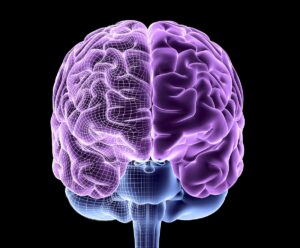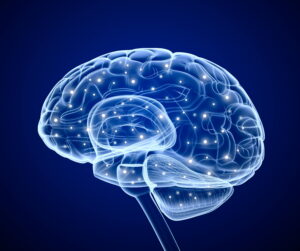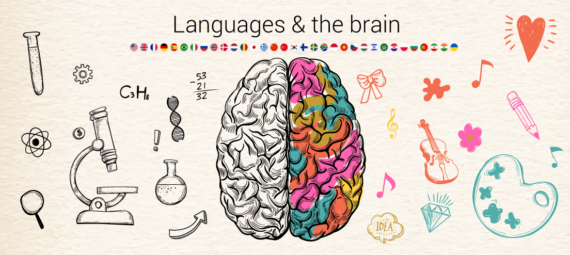Modern developments and achievements in the field of tomography and neuroscience have helped scientists to understand what processes occur in the human brain when learning a foreign language and translate sunda.
Currently, magnetic resonance imaging (MRI) can determine not only heart rhythm disturbances or the need for organ surgery, but also reveal the processes that occur in the brain when learning and understanding foreign words.
Studies of MRI results have shown that learning a foreign language leads to visible changes in the brain.
So, an experiment was conducted by Swedish scientists, where young military recruits were divided into 2 groups. Some studied foreign languages (Arabic and Russian), others did not study foreign languages. MRI results showed that certain areas of the brains of recruits who learned languages had grown in size. While in the other group no changes were observed. At the same time, it was noted that the students who had better results in learning foreign languages of their group had an increase in the brain at a faster pace.
In other words, academic achievement and learning ability affect the development of the (physical) brain.
MRI results also show which parts of the brain are active when performing a particular task.
For example, English has the sounds “r” and “l”, while in Japanese these sounds do not exist separately. Instead, there is a language phoneme that combines both sounds. Therefore, it is very difficult for the Japanese to speak and perceive English words containing these sounds (river and liver).
Thus, the results of MRI showed that when perceiving English words that contain one of these sounds, the Japanese activate only one area of the brain, while the English-speaking people activate two, which are responsible for the perception of two different sounds.
In order for the Japanese to perceive these sounds correctly, they need to “reprogram” their brains. This can be done using a program, listening to which for 20 minutes a day for 3 days, you can already distinguish these sounds. An ultrasound machine will also help in this method of reprogramming the brain, with the help of which you can clearly show the mechanism for reproducing certain sounds, demonstrating the movement of the tongue, lips, jaws, and lowering of the palate.
When conducting another experiment, the group of wards was divided into 2 categories. One studied a foreign language with the help of textbooks, grammar rules, the other was placed in a language environment. After 6 months, the second group in the testing process showed results much higher than the first. And the processes in the brain resembled the processes characteristic of native speakers of the language being studied.
Thus, we can conclude that it will be easier for adults to learn a foreign language if they are immersed in the language environment, and they will learn it from the very beginning like children. After that, learning grammar is no longer difficult.
People who speak several languages have a better memory, flexibility of thinking, and cognitive creativity.

